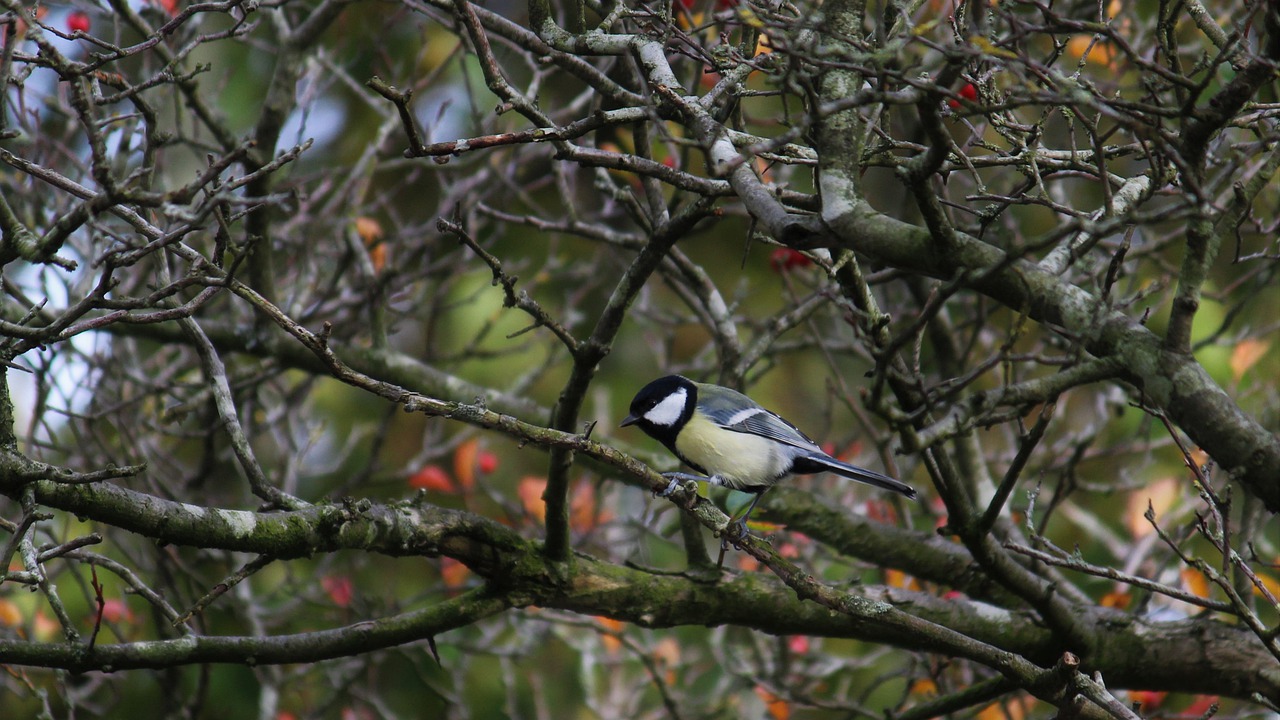Hur påverkas talgoxhonans Parus major könsmognad av ökande dagslängd och närvaro av hane?
DOI:
https://doi.org/10.34080/os.v4.23031Nyckelord:
häckningsbiologi, fysiologi, miljöpåverkan, hormonproduktion, sexuell interaktionAbstract
The response of female Great Tits Parus major to photoperiodic stimulation was investigated by measuring the plasma concentration of oestradiol and the growth of the ovary in caged and in free-living birds. Stimuli from the male and from the nest-building labour are assumed to promote the ovaries to complete maturation. Two groups of females were kept on long days (20L:4D), one group consisting of female/male pairs with access to nest-building facilities, and one containing female/female pairs. Another group of female/female pairs was kept on short days (8L:16D). A reference group consisted of free-living females, caught during February—April. The oestradiol concentrations of the caged females on both light regimens remained low and at the same level as that of the free-living females prior to the nest-building. The hormone level peaked only among free-living females during the egg-laying period. The females kept on long day regimen only reached incomplete egg follicle growth which peaked at about the same size as that of the free-living females in the early nest-building period. The presence of a male stimulated neither the oestradiol secretion, nor the ovarian growth.
Nedladdningar

Downloads
Publicerad
Referera så här
Nummer
Sektion
Licens
Författaren/författarna innehar copyright för varje enskilt bidrag, men samtliga bidrag är publicerade under en Creative Commons-licens, så att vem som helst kan dela och återanvända bidraget förutsatt att copyright-innehavaren erkänns.







